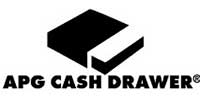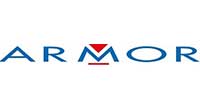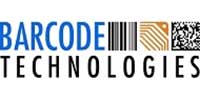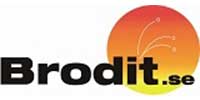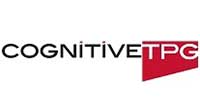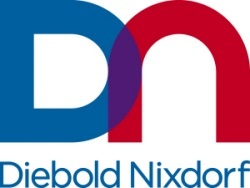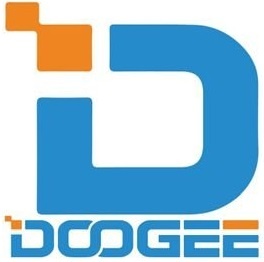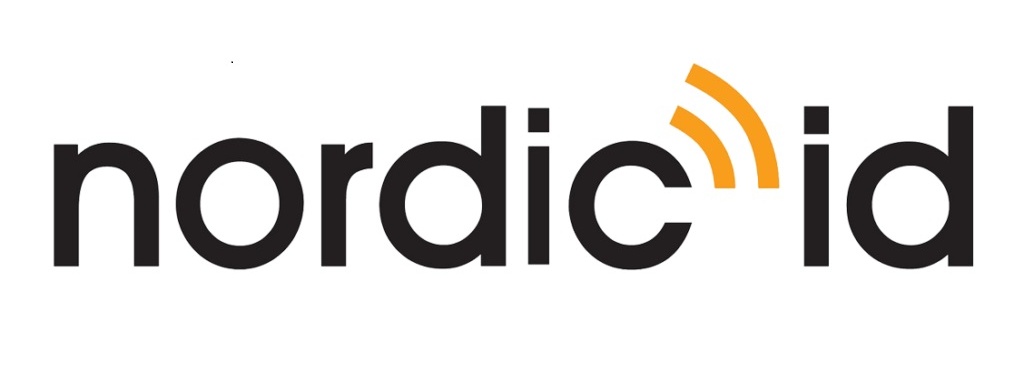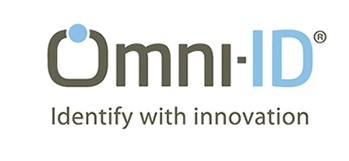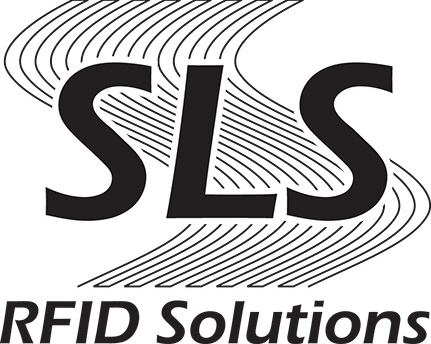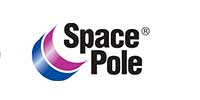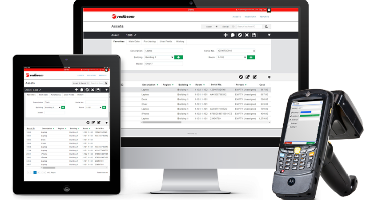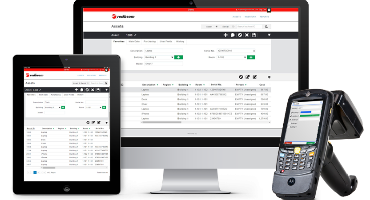In the field of transportation and logistics, accurate and precision data available plays a crucial role in ensuring smooth operation to delivery. Whether it’s managing goods between warehouses, coordinating deliveries, or utilising in-vehicle printing technology, accuracy is paramount. Here’s how Brother’s transportation and logistics printing and labelling solutions can assist you: • Warehouse Location, Shipping, Packing, and Delivery Labelling: Efficiently label items within your warehouse, ensuring they are correctly identified during storage, packing, and shipping processes. • Fulfilment Centre Pallet, Shipping, and Caution Label Printing: Streamline fulfilment operations by printing accurate labels for pallets, shipments, and cautionary notices. • Producing SSCC Barcodes to Local GS1 Standards: Generate standardized barcodes (SSCC) compliant with local GS1 guidelines, enhancing traceability and inventory management. • In-Vehicle and Direct Store Delivery Printing: Equip your vehicles with printing capabilities to produce necessary paperwork on the go, ensuring seamless deliveries. • Back Office Printing and Archiving: Efficiently handle invoices, delivery notes, and dispatch records through reliable printing solutions. • Seamless Integration with Software Solutions: Brother’s solutions seamlessly integrate with your existing software systems, enhancing overall efficiency.
Welcome
Barcode Technologies Ltd is UK's leading provider of products & solutions in barcode & RFID data capture and AutoID and mobile computing systems with comprehensive range of Barcode printers, Barcode scanners, complete software solutions to address all your automatic identification and data capture and critical data management needs to maximise efficiency and profitability for your company.
As a total solutions provider, Barcode Technologies offers a full range of wireless solutions, PDA / mobile computers, Barcode scanning equipment, Barcode printers, ID card printers, Barcodes verifiers, Barcode labels, Barcode printer ribbons, RFID printers, RFID tags and RFID readers. We aim to offer our customers best value and prices, with fast delivery with same day shipping and easy to use website.
READ MORE
-
Wireless Access Points
P/N: DAP-2682
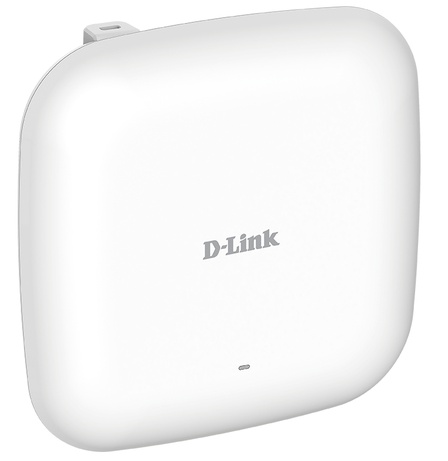 3 in stock
3 in stockMore available on request
£197.88 (ex VAT) Add to cartD-Link DAP-2682 Nuclias Connect Wireless AC2300 Wave 2 Dual-Band PoE Access Point, 2.4
-
Wireless Access Points
P/N: DWR-978/E
 0 in stock
0 in stockMore available on request
£450.13 (ex VAT) Add to cartD-Link 5G AC2600 Wi?Fi Router DWR?978, Wi-Fi 5 (802.11ac), Dual-band (2.4 GHz / 5 GHz),
-
Wireless Access Points
P/N: DAP-X2850
 8 in stock
8 in stockMore available on request
£296.39 (ex VAT) Add to cartD-Link DAP-X2850 - Nuclias Connect AX3600 Wi?Fi 6 Dual?Band PoE Access Point, 2.4 GHz, 5
-
Barcode Ribbons
P/N: 02300GS11007
 75 in stock
75 in stockMore available on request
£46.70 (ex VAT) Add to cartZebra ZipShip 2300 Thermal Transfer Ribbon, 2300 Wax, for desktop-printers, roll-width:
-
Barcode Labels
P/N: 800273-205
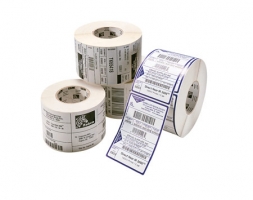 3 in stock
3 in stockMore available on request
£163.30 (ex VAT) Add to cartZebra Z-Select 2000T, label roll, normal paper, 76x51mm
-
ID Card Supplies
P/N: 104523-111t
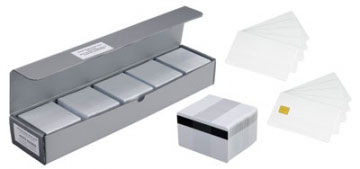 0 in stock
0 in stockMore available on request
£4.94 (ex VAT) Add to cartZebra Premier Card
-
EPoS Accessories
P/N: ST-BE105-2-UEVL-MB1
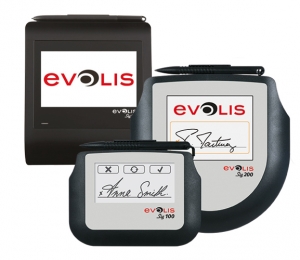 0 in stock
0 in stockMore available on request
£216.25 (ex VAT) Add to cartEvolis Sig100 Bundle, 10.5 cm (4')
-
Handheld Barcode Scanners
P/N: LS2208-SR20007R-UR
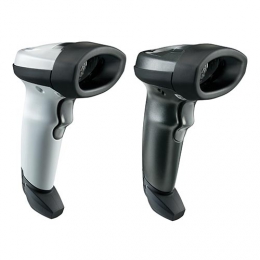 57 in stock
57 in stockMore available on request
£85.66 (ex VAT) Add to cartZebra LS2208, 1D, SR, multi-IF, kit (USB), anthracite
-
ID Card Printers
P/N: LPS028NAA
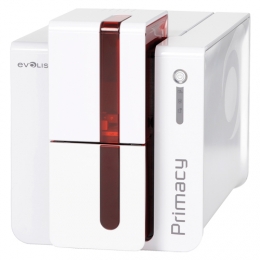 0 in stock
0 in stockMore available on request
£71.25 (ex VAT) Add to cartEvolis clear patch













